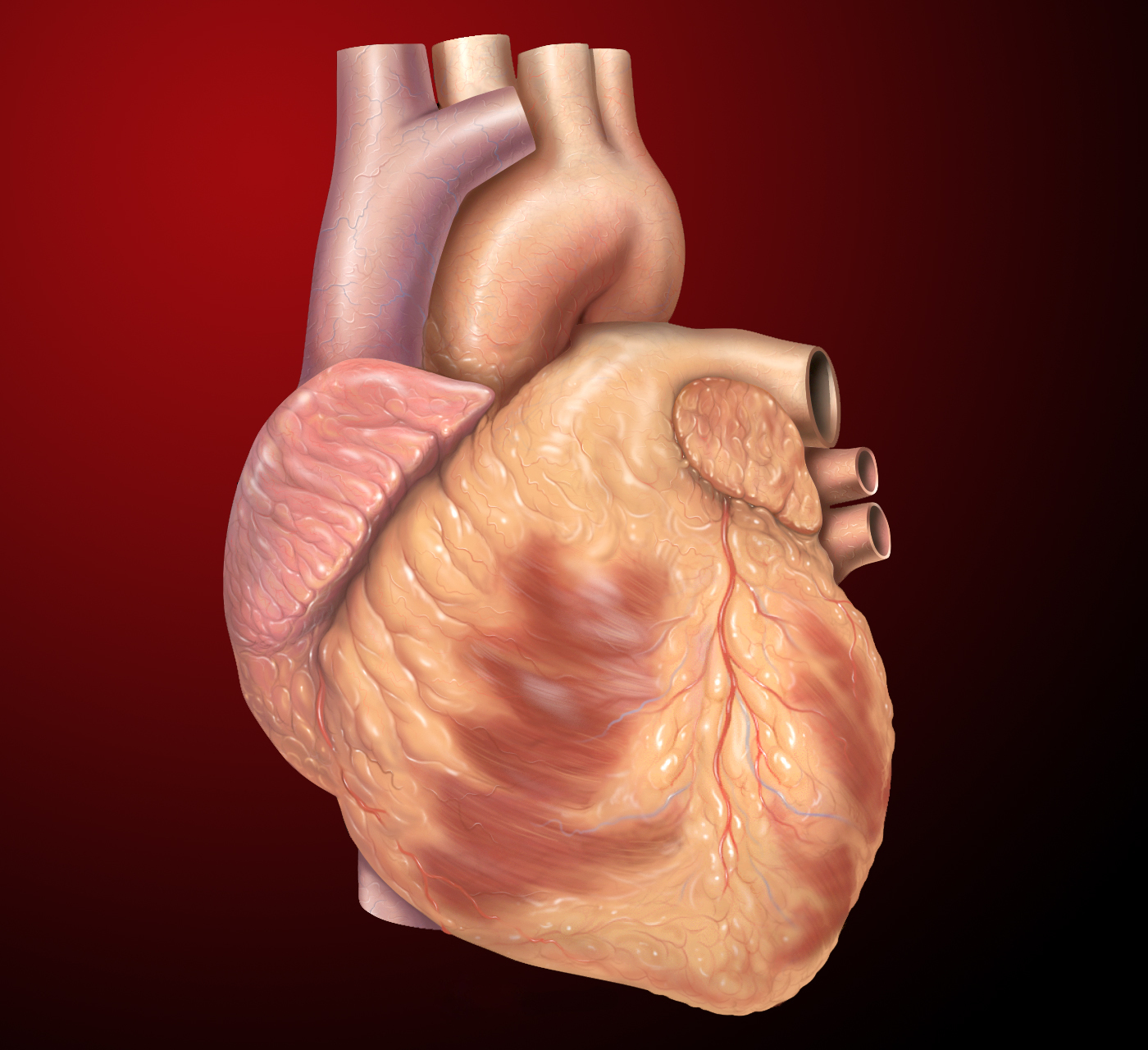The heart is arguably the most important organ in the body. If it stops beating even for a millisecond, well, you’ve got a date with the Grim Reaper. That’s why it’s key for people to maintain their heart health. Activities such as smoking are extremely harmful and lead to heart disease. However, activities such as exercising can improve heart health. However, what if I told you there’s a drug that tricks your heart into believing you’re exercising? Which option would you take?
A recently-discovered protein called cardiotrophin 1 (CT1) makes the heart believe the body is exercising, when in fact it’s not. CT1 helps promote heart growth and increase blood circulation. In contrast to CT1, the drug phenylephrine (PE) induces unhealthy heart growth. Dr. Lynn Megeney and his team of researchers at the University of Ottawa discovered that CT1 improves heart function in the left and right sides of the heart, which are responsible for heart attacks and high blood pressure, respectively. Megeney also observed that when CT1 treatment halted, the heart returned to normal conditions, just like it would after exercise. However with PE, the unhealthy heart growth was permanent.
Image Source: Martin Novak
Cardiotrophin 1 drug therapy has potential due to its ability to treat left and right heart failures. Because there is no true fix for heart failure except for a transplant, CT1 offers a bright future for heart disease. In addition, CT1 was able to induce a level of heart cell growth in multiple animal models, such as mice and rats. This suggests that the effects of CT1 could be universal across many species, but further studies still need to be done.
Theoretically, exercise can have the same benefits as CT1. Many will argue, “why not stay healthy the old fashioned way – with exercise and hard work?” Well, for people with severe heart disease, this may not be an option because of their physical limitations and health status. This is where CT1 comes into play. We’re still years away from this drug hitting the market, but it certainly offers hope in reducing heart-related fatalities.
Feature Image Source: “Heart normal anterior exterior anatomy” byPatrick J. Lynch










